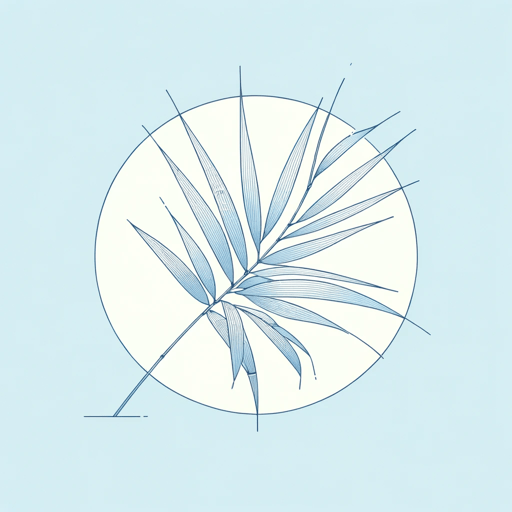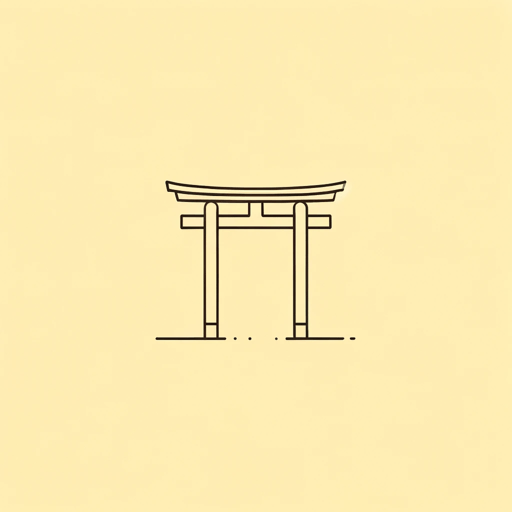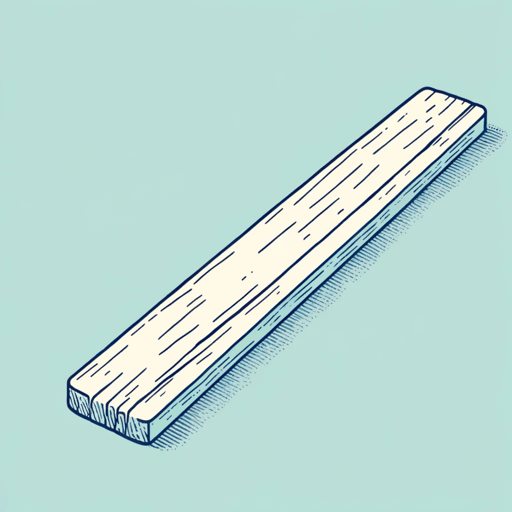27 pages • 54 minutes read
Ryūnosuke AkutagawaIn A Grove
Fiction | Short Story | Adult | Published in 1922A modern alternative to SparkNotes and CliffsNotes, SuperSummary offers high-quality Study Guides with detailed chapter summaries and analysis of major themes, characters, and more.
Summary and Study Guide
Summary: “In a Grove”
Though Ryūnosuke Akutagawa (1892-1927) died at age 35, he is often regarded as the father of the Japanese short story. During the middle of the 20th century, when Japanese cinema became interested in its national history and cultural heritage, Akutagawa’s work was adapted by filmmakers such as Akira Kurosawa. Because American Westerns had a close relationship with samurai films, Akutagawa’s stories have even been transposed onto the Wild West, resulting in such films as The Outrage. Furthermore, as a contemporary of authors like Agatha Christie and Arthur Conan Doyle, Akutagawa helped shape the modern detective genre, particularly through stories like “In a Grove.”
The structure of “In a Grove” (sometimes titled “In a Bamboo Grove”) will likely be familiar even to readers who have not read it before. It is a tale of a crime told from wildly differing perspectives. This framing device has proven so influential over the last century that it has inspired countless films, novels, and television episodes—most famously, Akira Kurosawa’s classic adaptation of “In a Grove,” the film Rashomon.
Akutagawa believed very strongly that the structure of a story should outweigh its plot; “In a Grove” exemplifies this approach. It comprises seven different accounts of a crime, related by different characters to an unspeaking audience (the police commissioner or a priest).
This guide primarily uses Jay Rubin’s translation from the book Rashomon and Seventeen Other Stories, published by Penguin Books in 2011.
Content Warning: This study guide refers to a story that details the events surrounding a sexual assault. There are also mentions of suicide.
The first four characters to speak did not witness the crime firsthand but provide details and background. A woodcutter, who found the corpse of a samurai, describes the scene of the crime: He says the samurai was lying on his back amid trampled grass and bamboo, dead from a single wound to the chest. There was a rope next to a tree, but the woodcutter denies seeing a blade or a horse. Next, a traveling Buddhist priest describes the samurai and his wife, whom he met the day before on the Yamashina road to Kyoto; the wife was veiled and rode a sorrel horse, and the man carried both a sword and a bow and arrow. A police officer reports capturing the bandit Tajomaru, whose horse had apparently thrown him. Tajomaru was armed with a sword and a bow and arrow, which the police officer now concludes he must have stolen from the samurai after murdering him. He notes that Tajomaru has a reputation for cruelty to women, having been suspected of murdering a woman and girl near a temple. Finally, an old woman confirms the identity of the corpse—it is her “gentle” son-in-law, Takehiko (later referred to as Takejiro or Takehiro), who was married to her daughter, Masago, a “fun-loving” girl who is still missing. The old woman condemns Tajomaru for his crime and begs the police to find her daughter.
Next, the police interrogate Tajomaru. The bandit assumes they will hang him and waxes philosophical about the fact that they are just as guilty of killing people as he is. He offers to tell the story of his crime in extensive detail, beginning with meeting the samurai and his wife on the Yamashina road. He finds Masago strikingly beautiful and decides to lure them off the road to rape her. He concocts a story about hidden treasure, which he offers to share with the samurai in exchange for help carrying it to town. When Takehiko follows him greedily, Tajomaru ties him up after a brief struggle. Telling Masago her husband has fallen ill, Tajomaru then lures her into the grove. Although Masago pulls a dagger on him, he manages to subdue and disarm her. Tajomaru rapes her while her husband watches, tied to the root of a cedar tree and gagged with bamboo leaves.
Satisfied, Tajomaru is about to escape when Masago grabs him, saying she cannot bear to have two men know her shame. She suggests that he either murder her husband or fight him to the death. Though he doesn’t particularly wish to kill the samurai, Tajomaru is overwhelmed with desire to marry Masago, so he unties Takehiko to offer him a fair fight. Tajomaru describes a fierce battle in which he eventually defeats the samurai with the 23rd stroke of his sword. By the time the battle ends, Masago has run away. Fearing she will report him, he takes the horse, the bow and arrow, and the sword.
Next, Masago confesses to a priest at a temple. Her account begins after the rape. Trying to run to her husband’s side, she sees an indescribable look of loathing in his eyes. Just then, Tajomaru strikes her so hard that she passes out and doesn’t wake up until Tajomaru has left. Shamed by the attack and by her husband’s perceived anger, she tells Takehiko she plans to kill herself and him, who cannot live having witnessed her rape. Takehiko is still gagged, but she interprets his expression as agreement and stabs him to death with her dagger. She then tries to kill herself by various means, including stabbing and drowning. She survives every attempt and runs off to the temple, interpreting her inability to kill herself as judgment passed on her deep disgrace.
Finally, the dead man presents his account through a medium. He also begins after the rape, describing Tajomaru as a smooth-talker who tries to convince Masago to elope with him. Takehiko tries to signal his opinion of Tajomaru to Masago but worries she is listening to the bandit. Looking dazed, she eventually agrees to Tajomaru’s proposal. As they prepare to leave the grove, however, her mood shifts, and she repeatedly screams at the bandit kill her husband. Tajomaru is disgusted by the woman’s request and kicks her hard. Tajomaru then offers Takehiko the choice of killing or pardoning Masago. The samurai respects this action enough to pardon Tajomaru of his crime. Masago flees in shame while Tajomaru cuts Takehiko free before fleeing himself. With his wife’s dagger, the samurai kills himself to preserve his honor. Just before he dies, he feels someone pull the knife from his chest.
Related Titles
By Ryūnosuke Akutagawa



